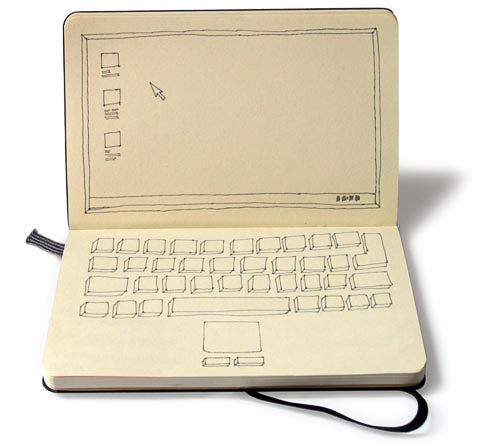The answer is YES if we have a shallow definition of design.
Yes and No. The answer is YES if we have a shallow definition of design, a commodity service adding a pretty veneer on the surface.
It’s like the problem advertising agencies are cobbled with, struggling to change what they’re paid for and shed the baggage of an “advertising” label. Earning little for expansive ideas like statues on Wall Street instead of TV spots, the market is against them. It’s unfair to point a finger with hindsight but design should learn from their misfortune.
The answer is NO if we understand design’s true potential as intelligence in 3D/4D. Good design is strategy made real. For our digital world there is no discernible difference between business strategy and the brand experience design creates.
Cereal packs, soup cans and deftly tweaked logos are to a design agency what TV spots are to Admen. But the world needs more in this digital age. Brilliant design is higher order than digital anything. It’s the best tool we have to create desire, to create experiences that understand and appeal to people. If we neglect design we’re handing our interface to the machines, all Mr Spock and no Captain Kirk.
We’ve had CAD for 30 years and now generative design can rifle through every previous precedent to specify where to place the battery in a new drone. It can finesse strength to weight ratio and optimise flight stability – but it doesn’t know we prefer a drone to look friendly or beautiful.
Our lives became screen based yet we still shout at apps, groan at redundant instructions and despair with inept graphics. Commercial pressures handed CX/UX to the gods of functionality, speed, and performance but designers weren’t invited. We gave those best qualified to perfect a visual interface the least influence. Technology gets the job done but struggles to make us smile or gleefully tell our friends. Digital experiences must be painless and useful but should strive to be simple, intuitive and pleasurable. Only design can do that.
Down the track when voice recognition and bots grow up, we’ll stop looking down and start listening up. Who’s going to make that technology arresting, attentive and amusing? Who will make the post-supermarket age fluent and inviting? When machines replace teachers who can we trust to instil human tenderness in our children’s education?
We don’t trust advertising and we’re losing trust in brands… Good design is the last tool brands have left to create authentic experiences.
There are fearsome creative challenges looming for design – human, empathetic, awesome design. So there’s nothing old school in what we need from it, just a sad misgiving in its label from the past. We mustn’t accept a tin man if Alexa can have a real heart.
A. YES and NO

Image source – http://gojackiego.com/

